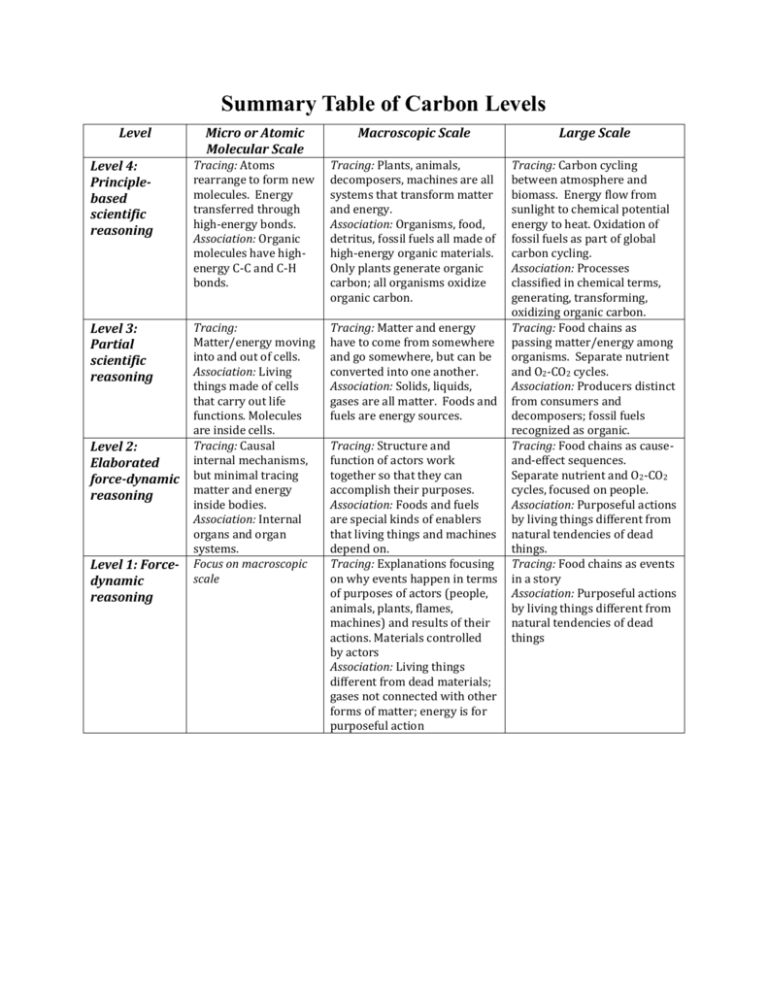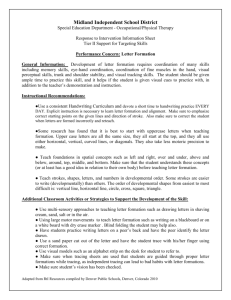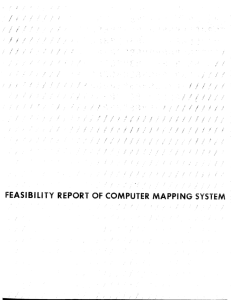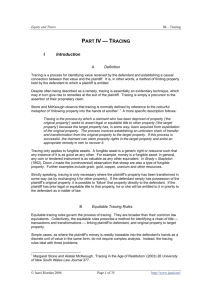inorganic gases
advertisement

Summary Table of Carbon Levels Level Micro or Atomic Molecular Scale Macroscopic Scale Large Scale Level 4: Principlebased scientific reasoning Tracing: Atoms rearrange to form new molecules. Energy transferred through high-energy bonds. Association: Organic molecules have highenergy C-C and C-H bonds. Tracing: Plants, animals, decomposers, machines are all systems that transform matter and energy. Association: Organisms, food, detritus, fossil fuels all made of high-energy organic materials. Only plants generate organic carbon; all organisms oxidize organic carbon. Level 3: Partial scientific reasoning Tracing: Matter/energy moving into and out of cells. Association: Living things made of cells that carry out life functions. Molecules are inside cells. Tracing: Causal internal mechanisms, but minimal tracing matter and energy inside bodies. Association: Internal organs and organ systems. Focus on macroscopic scale Tracing: Matter and energy have to come from somewhere and go somewhere, but can be converted into one another. Association: Solids, liquids, gases are all matter. Foods and fuels are energy sources. Tracing: Carbon cycling between atmosphere and biomass. Energy flow from sunlight to chemical potential energy to heat. Oxidation of fossil fuels as part of global carbon cycling. Association: Processes classified in chemical terms, generating, transforming, oxidizing organic carbon. Tracing: Food chains as passing matter/energy among organisms. Separate nutrient and O2-CO2 cycles. Association: Producers distinct from consumers and decomposers; fossil fuels recognized as organic. Tracing: Food chains as causeand-effect sequences. Separate nutrient and O2-CO2 cycles, focused on people. Association: Purposeful actions by living things different from natural tendencies of dead things. Tracing: Food chains as events in a story Association: Purposeful actions by living things different from natural tendencies of dead things Level 2: Elaborated force-dynamic reasoning Level 1: Forcedynamic reasoning Tracing: Structure and function of actors work together so that they can accomplish their purposes. Association: Foods and fuels are special kinds of enablers that living things and machines depend on. Tracing: Explanations focusing on why events happen in terms of purposes of actors (people, animals, plants, flames, machines) and results of their actions. Materials controlled by actors Association: Living things different from dead materials; gases not connected with other forms of matter; energy is for purposeful action Contrasting ways of grouping carbon-transforming processes Upper Anchor: Scientific accounts Carbontransforming process Scientific accounts Macroscopic Events Lower Anchor: Informal accounts Generating Transforming organic organic carbon carbon Oxidizing organic carbon Photosynthesis Biosyn- Digest- Biosyn Cellular respiration thesis ion -thesis Plant growth Animal growth Breathing, exercise, Decay weight loss Plants and animals accomplishing their purposes, enabled by Natural food, water, sunlight, air, and/or other resources process in dead things Combustion Burning Flame consuming fuel Comparison of Level 1 and Level 4 Association and Tracing for “Stuff” Level 4 general categories Linking states Linking material kinds Level 1 general categories Organic matter (including organic gases) Plants, animals Living stuff Matter Inorganic matter (including inorganic gases) Solids and liquids Dead plants Water, soil and animals Non-living (Dead and inanimate) stuff Level 1 reasoning about carbon cycling Energy: Heat, chemical, etc. Conditions: Temperature, care, etc. Gases Air Not matter Light, heat Temperature, care Insubstantial kinds: gases, conditions, energy Level 2 Reasoning about matter cycling Level 4 reasoning about carbon cycling Level 3 Reasoning about carbon cycling 2/13/16, Page 2







